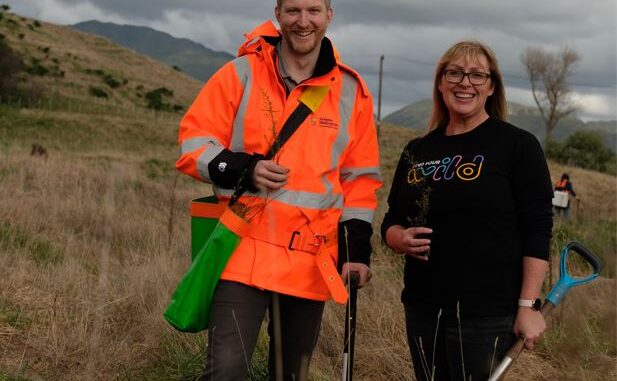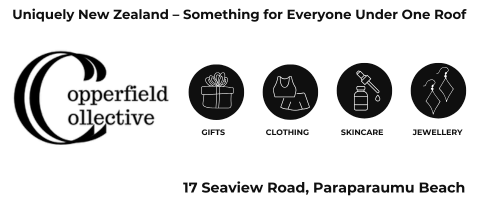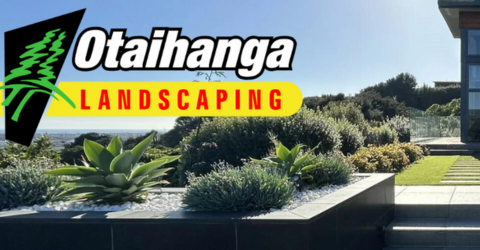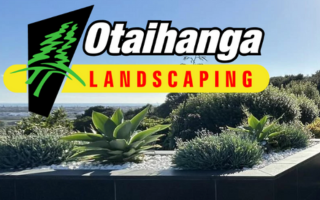
Major restoration work has begun at Queen Elizabeth Park (QEP) and Kaitoke Regional Park to provide a permanent carbon sink for the region that will cut Greater Wellington’s carbon footprint by 2.5 percent in the first decade of its creation.
The work is part of Greater Wellington’s planting programme which will see 400,000 trees planted across the region this winter, but these two restoration projects are unique because they are the first to be funded by the council’s Low Carbon Acceleration Fund (LCAF).
Greater Wellington Climate Committee Chair, Councillor Thomas Nash, says this new and innovative fund is a nature-based solution that will help Greater Wellington meet the challenges of climate change and build regional resilience – themes that were the focus of the council’s recently adopted Long Term Plan 2021-2031.
“Wetlands, forests and healthy soils are natural infrastructure, which is the best value infrastructure that money can buy. Up and down the country, we face a deficit in this natural infrastructure that has accumulated over the years, and local government has too few tools to fix it. With this fund, we can start to make a real dent in that deficit.
“We’re putting the first tranche of funding toward phasing out grazing activities, which is a double whammy for emissions. Grazing cattle emit harmful greenhouse gases, and at the same time, the land they graze on isn’t able to absorb carbon like it would in its natural state as a forest or wetland. By retiring pastureland and restoring the parks’ native ecosystems, we’re not only emitting less, but also creating an active sink that will take carbon out of the air and store it,” explains Cr Nash.
At QEP, $1,399,101 will go towards restoring 128.5 hectares of peatland and duneland – the largest restoration project of its kind in Aotearoa. As part of this restoration, 17.5 hectares of pioneer species such as Kanuka, Kānuka, Mānuka, Karamu, Akeake, Harakeke, Whauwhaupaku (Five Finger), and tī Kōuka (Cabbage Tree) will be planted this winter.
“In the past, the coastal wetlands around Raumati stretched all the way up to Horowhenua and were crucial for keeping nature in balance. It is our duty to restore them and that is what we are now doing,” says Cr Nash.
A further $370,810 is dedicated to removing livestock from Kaitoke parkland and replanting 21.8 hectares of pioneer species such as Mānuka, Toetoe, Makomako, and Kowhai.
There are significant collateral benefits to the wider catchment too, says Al Cross, Greater Wellington’s General Manager for Environment.
“As a result of this work, we expect to see restoration of regionally threatened forests; significant improvement to biodiversity by providing more places for native birds and other fauna to live; more opportunities for people to enjoy our greenspaces; improved water quality and a buffer against floods and drought.”
The LCAF was established in April 2020 by Greater Wellington’s Climate Committee for the express purpose of giving projects that lower the council’s carbon emissions a financial boost. It’s a unique scheme that does not rely on public funds from rates; to fund it, Greater Wellington borrows against carbon credits it already owns from planting work done decades ago, now worth an estimated $12.2 million and growing.
The scheme is believed to be the first of its kind in the country, and was highly commended at the 2021 LGFA Taituarā Local Government Excellence Awards earlier this year. The Taituarā judges called the fund an innovative, yet practical, way for councils to show leadership in climate change mitigation at limited additional cost to ratepayers.











































